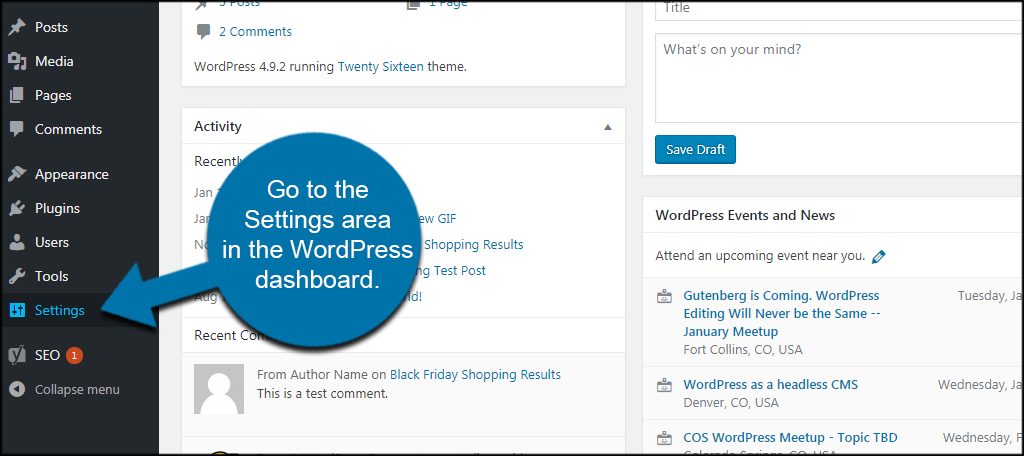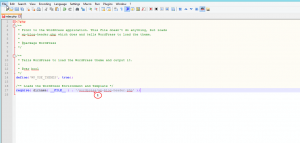
- #Direct url to wordpress how to
- #Direct url to wordpress full
- #Direct url to wordpress code
- #Direct url to wordpress download
You don’t need to rely on plugins that might not accomplish what you need, and you also won’t have to bog down your site with more plugins.
#Direct url to wordpress full
If you’re proficient in PHP, you have full control over how the login redirect acts.
#Direct url to wordpress download
Ready to make this small yet crucial change? You have two options: Download a plugin, or change your website’s code.Ĭoding it yourself definitely does have some pros.
#Direct url to wordpress how to
😯 Learn how to redirect your users with this helpful guide 🛠 Click to Tweet How To Redirect WordPress Users After Login: 2 Methods Making one tiny change can have a big impact on your site's UX. Luckily we’re here to walk you through the process.
#Direct url to wordpress code
If you want to send your users somewhere else, you’ll have to either use a plugin or code it yourself (or, if you’re using Kinsta hosting, use our built-in redirect rules). Unfortunately, there’s no setting to change the login redirect page built into WordPress. While this is a small UX element and many websites will likely never notice or change it, it can have a surprisingly large impact on your users, making navigating your site a little less disorienting. Maybe you’ve noticed that users are suddenly being redirected to the homepage on login and want to change it back. Many themes and plugins may change this as well.


) your browser will act like an FTP client and try to download the image rather than displaying in in the browser. If you use an FTP link in a web browser like Internet Explorer (i.e. I can get a link from my ftp client (cyberDuck) but it doesn't actually link me to a working link The Media Gallery pulls its information from the WordPress database, so to see your uploaded images here, this is the only way to do it! WordPress will automatically place them in the correct folder, create downsized versions you can use in a quick gallery or client sales page, and store the image's meta information in the WordPress database. Instead, use the built-in media uploader within WordPress to upload images. WordPress doesn't scan your uploads folder for new images. If I upload the file to Wordpress' upload directory through FTP, I don't see the file show up in my media (in WP-admin)


 0 kommentar(er)
0 kommentar(er)
